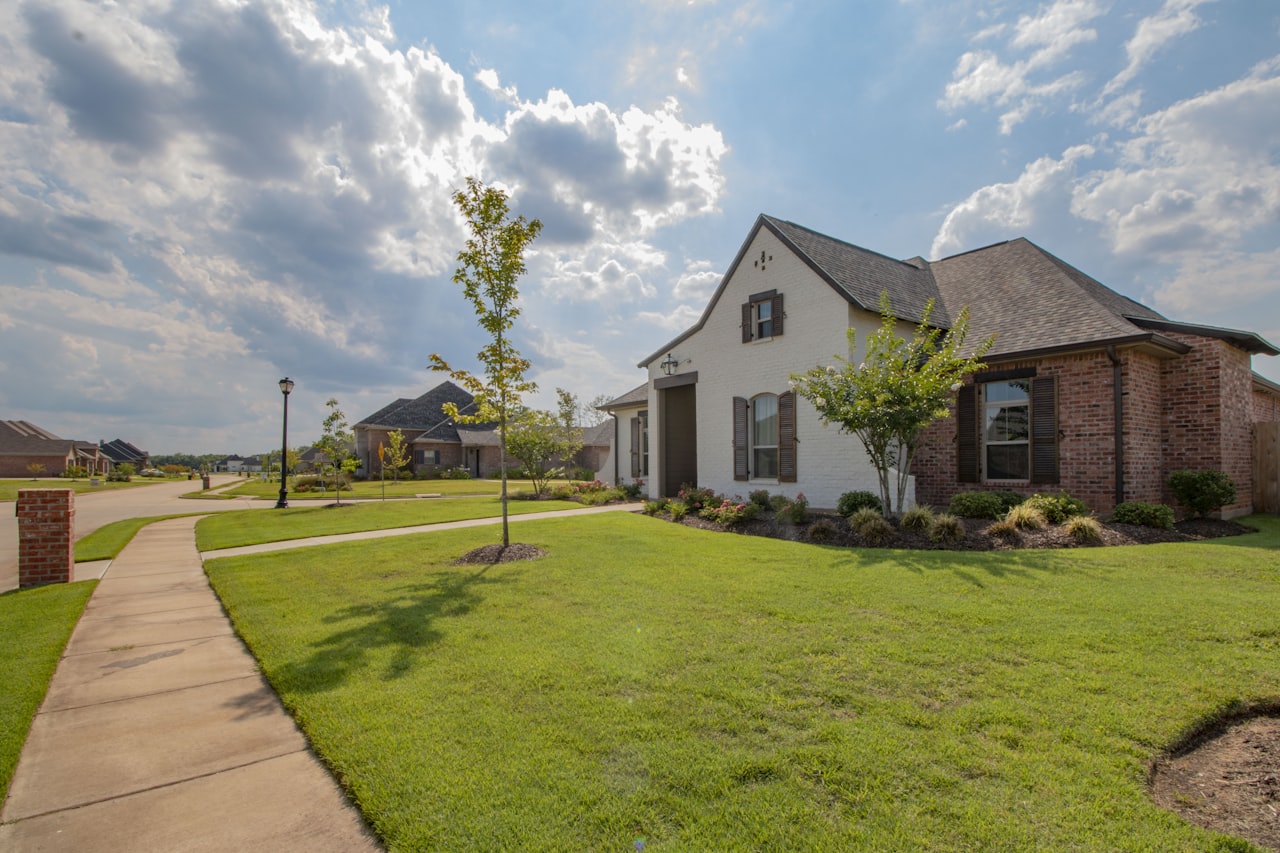Introduction: Setting the Stage
The New York Times recently published an article pondering this very question, sparking debates and discussions among potential homebuyers. As a realtor in Austin, Texas, I couldn't ignore the significance of this debate, especially amidst the dynamic real estate landscape. With more apartments set to hit the market than ever before, affordability concerns loom large, prompting a closer examination of the current housing market dynamics.
Exploring the Apartment Boom
One significant factor influencing the debate is the surge in apartment construction. Across the nation, more apartments are under construction than at any time in half a century, delivering renters a plethora of options. Austin, in particular, has witnessed a skyline dotted with construction cranes, a testament to the burgeoning housing supply. However, this influx may lead to oversupply, potentially impacting rental rates and buyer decisions.
Interest Rates and Affordability
Interest rates play a pivotal role in shaping the housing market landscape. With rates hovering around 7%, potential homebuyers are faced with daunting mortgage calculations. Affordability becomes a central concern, as individuals weigh the costs of homeownership against renting. The rule of thumb, typically, suggests breaking even within two years of homeownership, emphasizing the need for a long-term commitment.
Predictions and Market Volatility
Predicting market trends adds another layer of complexity to the homebuying decision. Realtor.com's prediction of a 12% drop in home prices in Austin raises eyebrows but sparks skepticism. Volatility in interest rates and economic indicators adds uncertainty, making it challenging to forecast market movements accurately. Despite predictions, historical trends often diverge from projections, leaving buyers in a quandary.
Crunching the Numbers: Renting vs. Buying
To aid in decision-making, it's crucial to crunch the numbers. Using median income statistics and mortgage calculations, individuals can assess their financial readiness for homeownership. Balancing debt-to-income ratios and factoring in potential changes in interest rates provides insights into affordability. Comparing rental costs to potential mortgage payments offers clarity on the financial implications of each option.
Pros and Cons of Buying Now
The decision to buy a home hinges on individual circumstances and market conditions. While high interest rates and affordability concerns pose challenges, opportunities also abound. Builders offering incentives, decreased home prices from previous peaks, and reduced buyer competition are among the advantages. However, cautious consideration of financial stability and long-term plans is paramount.
Conclusion: A Personal Decision
Ultimately, the decision to buy a home in 2024 is deeply personal and multifaceted. It involves weighing market dynamics, financial considerations, and lifestyle preferences. While external factors like interest rates and market predictions shape the landscape, individual circumstances dictate the optimal timing for homeownership. By conducting thorough research, consulting experts, and assessing personal goals, potential homebuyers can navigate the complexities of the current housing market with confidence.
Your Voice Matters
As the debate rages on, I invite readers to share their insights and experiences. Is now truly the worst time to buy a home? Have recent buyers faced regrets or found success in their purchases? Your comments and perspectives contribute to a richer understanding of the housing market and empower others in their decision-making process. Let's continue the conversation and shed light on the intricacies of homeownership in 2024.
In conclusion, while the housing market presents challenges and uncertainties, it also offers opportunities for those willing to navigate its intricacies. Whether now is the worst time to buy a home remains subjective, but by arming oneself with knowledge and careful consideration, individuals can make informed decisions that align with their aspirations and financial well-being.




